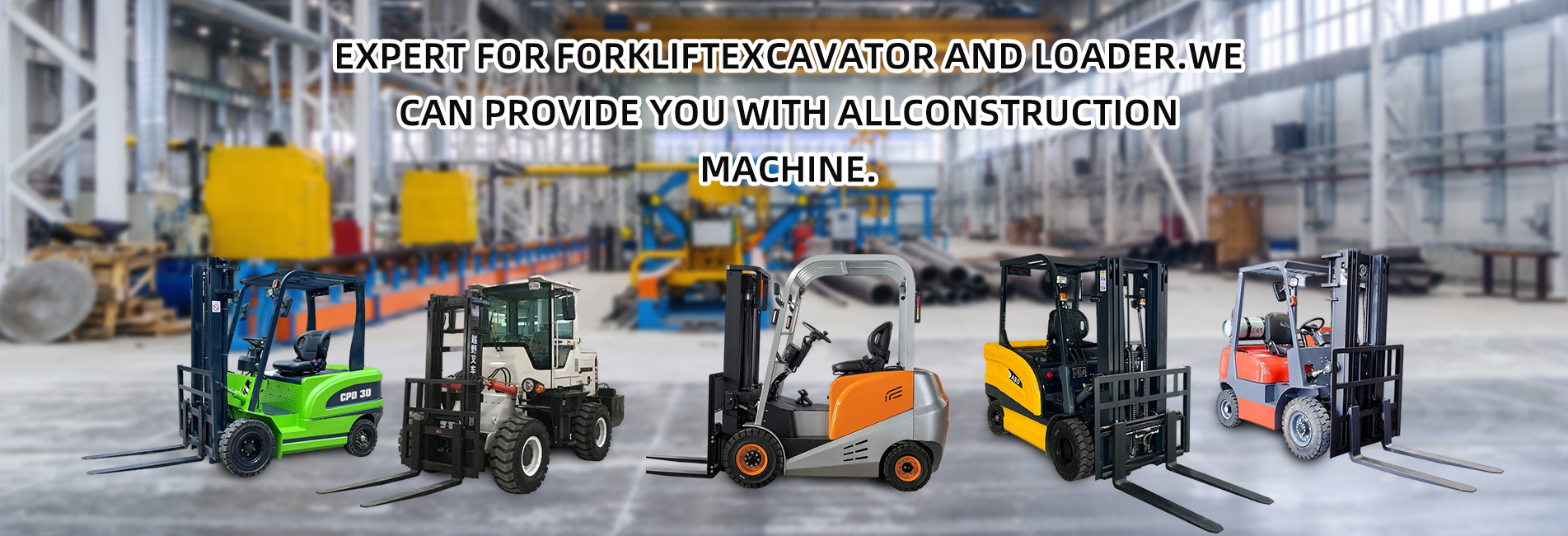A 16-ton forklift is a large industrial forklift, mainly used for handling, loading, unloading and stacking heavy goods. It is widely applied in scenarios that require handling large-tonnage goods, such as ports, docks, steel mills, heavy machinery factories, logistics warehouses and so on. The following is a detailed introduction from several aspects:

I. Basic Parameters and Performance
- Rated lifting capacity: 16 tons is its core parameter, referring to the maximum weight that can be safely lifted under the standard load center distance. The load center distance is usually determined according to the forklift design, generally ranging from 600mm to 1200mm, and the specific details should refer to the product manual.
- Power type:
- Diesel power: It has large torque and long endurance, suitable for outdoor or heavy-load operations, but the noise and emissions are relatively high.
- Electric power: It is environmentally friendly and has low noise, suitable for indoor places or places with high environmental requirements. However, limited by battery capacity, its endurance and explosive power are slightly inferior to those of diesel forklifts.
- Lifting height: The lifting height of conventional models is between 3m and 6m, and specially customized models can meet higher lifting requirements, such as container stacking and other scenarios.
II. Structural Features
- Frame: It is welded with high-strength steel, with a solid structure, which can bear the pressure of large-tonnage goods and the impact force during operation.
- Mast: It is divided into single-stage mast, double-stage mast and multi-stage mast. The lifting and lowering of goods are realized by the drive of hydraulic cylinders. The rigidity and stability of the mast directly affect the operation safety.
- Steering system: Most of them adopt hydraulic power steering, which is easy and flexible to operate. Even under heavy load, it can turn easily. The minimum turning radius varies according to different models, generally around 3m-5m.
- Brake system: It is equipped with service brake and parking brake. The service brake is mostly hydraulic brake, which has reliable braking effect and can ensure that the forklift stops in time during driving and operation.
III. Safety Precautions
- Before operation, check the tires, brakes, hydraulic system, lights and other components of the forklift to ensure normal operation, and it is strictly forbidden to operate with faults.
- Operators must receive professional training and obtain corresponding qualification certificates before taking up their posts. During operation, they need to wear protective equipment such as safety helmets and non-slip shoes.
- Goods should be loaded evenly to avoid eccentric loading or overloading. When lifting goods, operate slowly to prevent goods from shaking or falling.
- In narrow passages, corners or places with poor visibility, slow down, sound the horn to indicate, and pay attention to avoiding pedestrians and other vehicles.
- When parking the forklift, lower the forks to the ground, pull the parking brake, turn off the engine, and place wheel chocks under the wheels (must be placed on slopes).
IV. Maintenance
- Regular inspection: According to the requirements of the operation manual, regularly check the liquid level and quality of hydraulic oil, engine oil and coolant, and timely replace aged or damaged parts.
- Cleaning and maintenance: Keep the appearance and key components of the forklift clean, especially the oil tank and filter of the hydraulic system, to avoid impurities entering the system and affecting normal operation.
- Lubrication treatment: Regularly add lubricating oil to the moving joints of the forklift (such as mast hinges, steering knuckles, etc.) to reduce wear and prolong service life.
- Professional maintenance: When the forklift breaks down, contact professional maintenance personnel for repair in time. Do not disassemble or repair key components without permission to avoid greater damage.
As a heavy handling equipment, the performance and safety of 16-ton forklifts are crucial. When selecting, comprehensive consideration should be given to factors such as specific operation scenarios and cargo characteristics. At the same time, operating procedures and maintenance requirements must be strictly followed to ensure operation efficiency and personnel safety.


